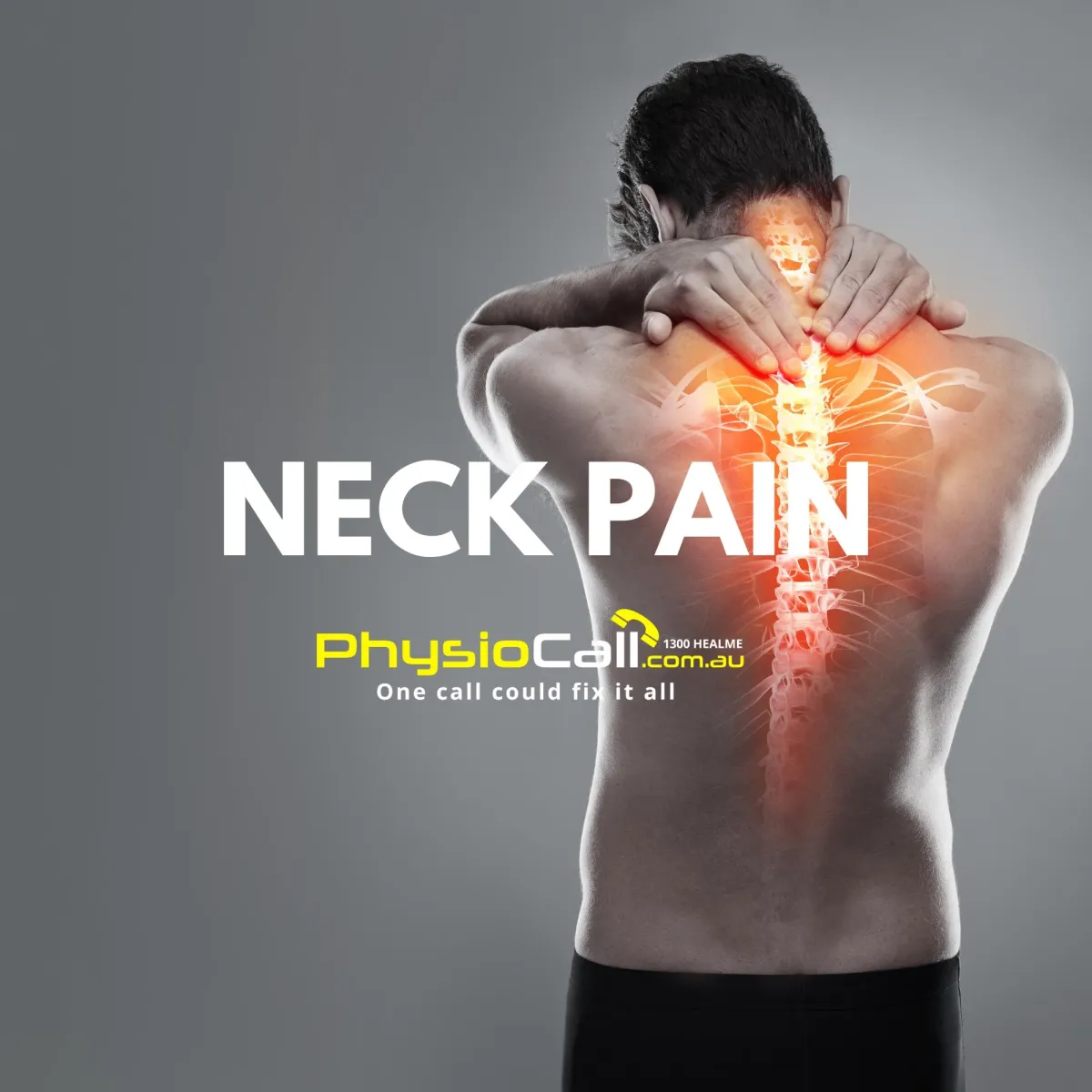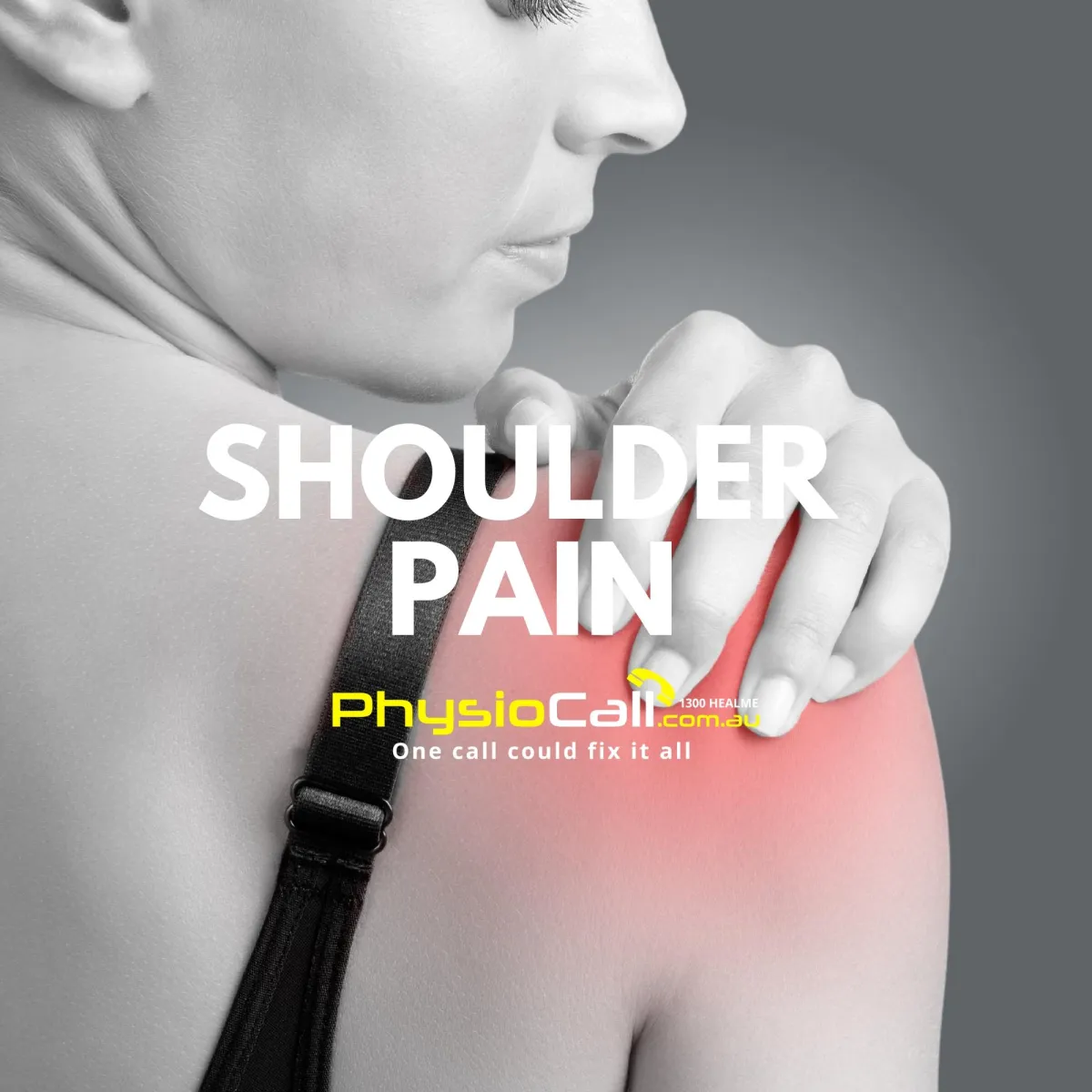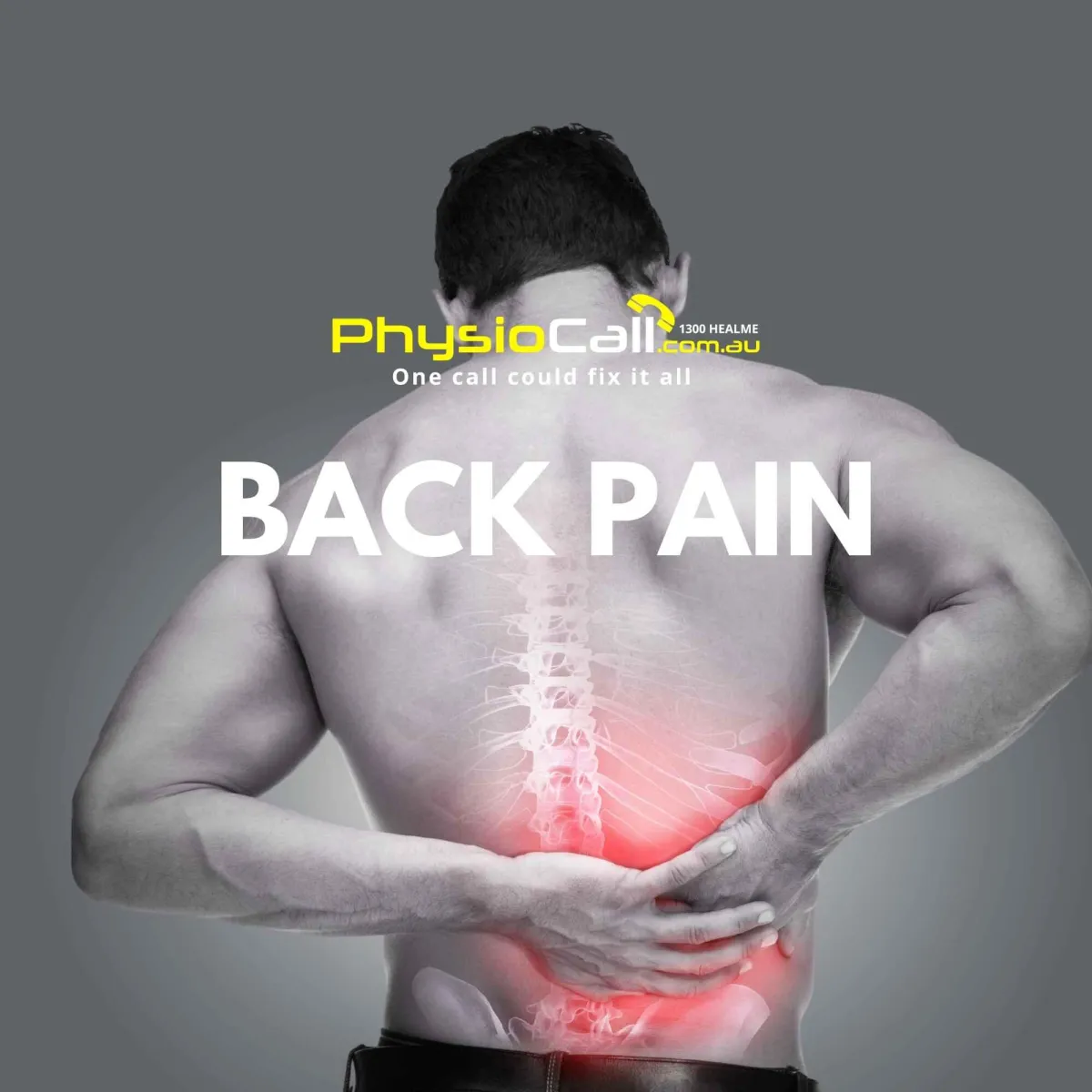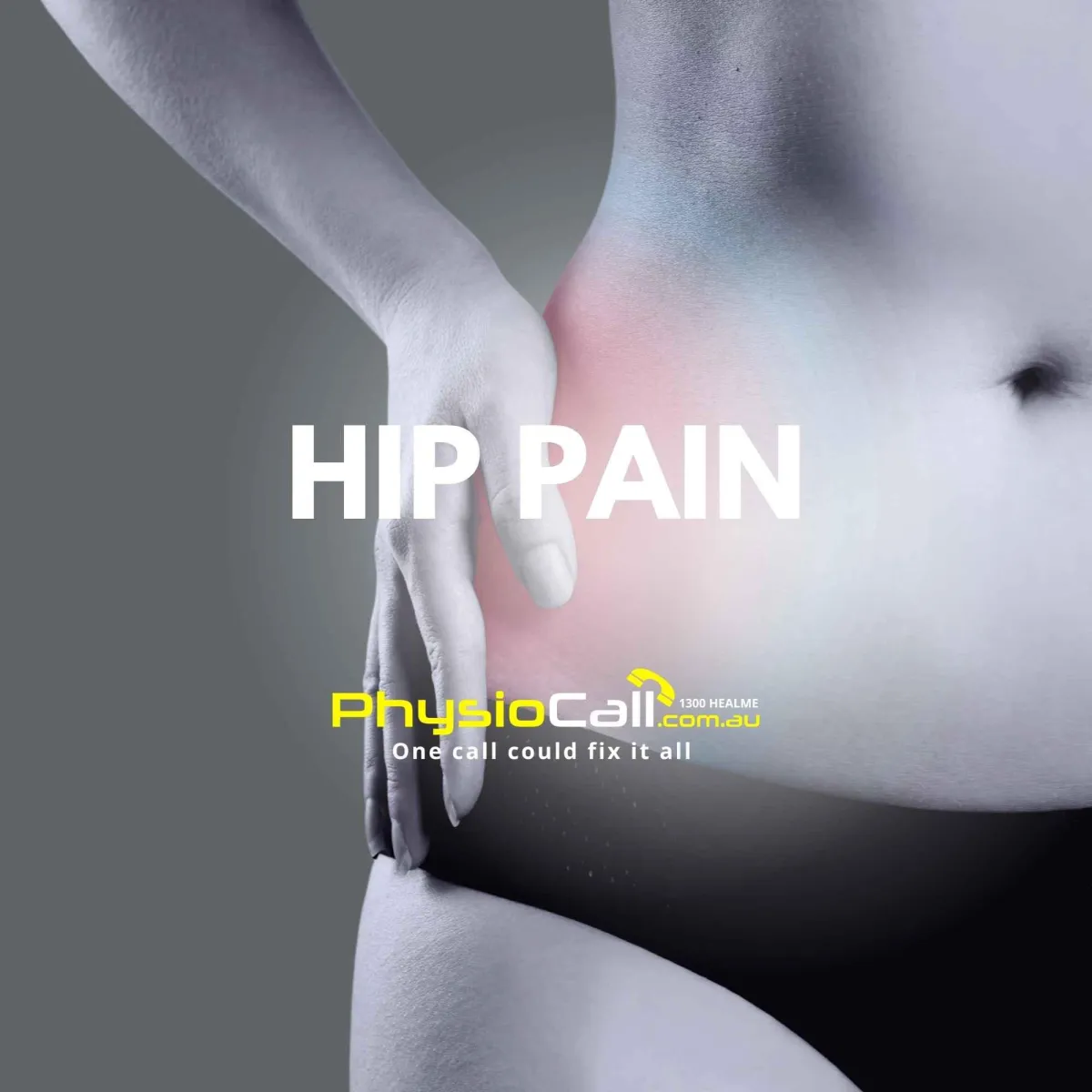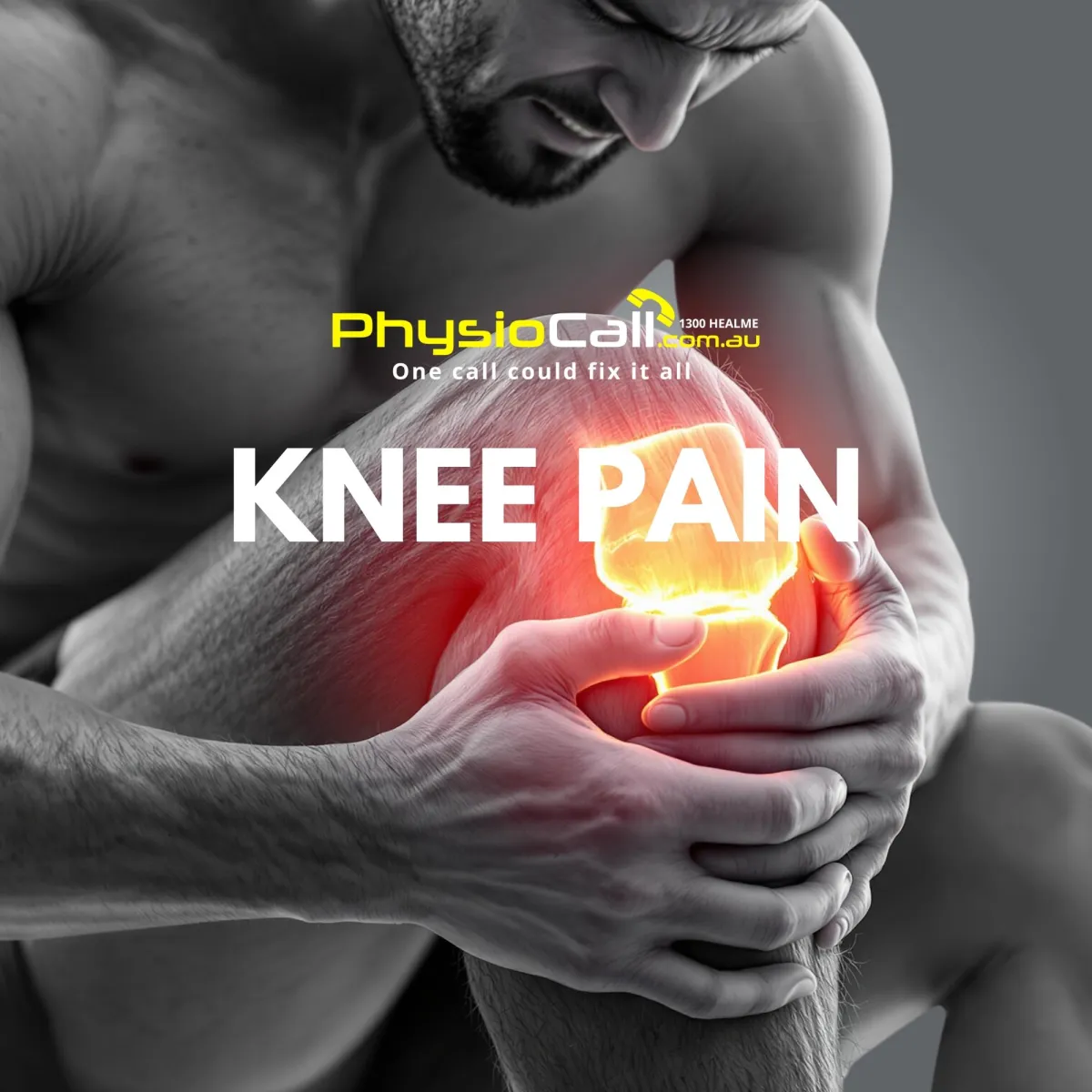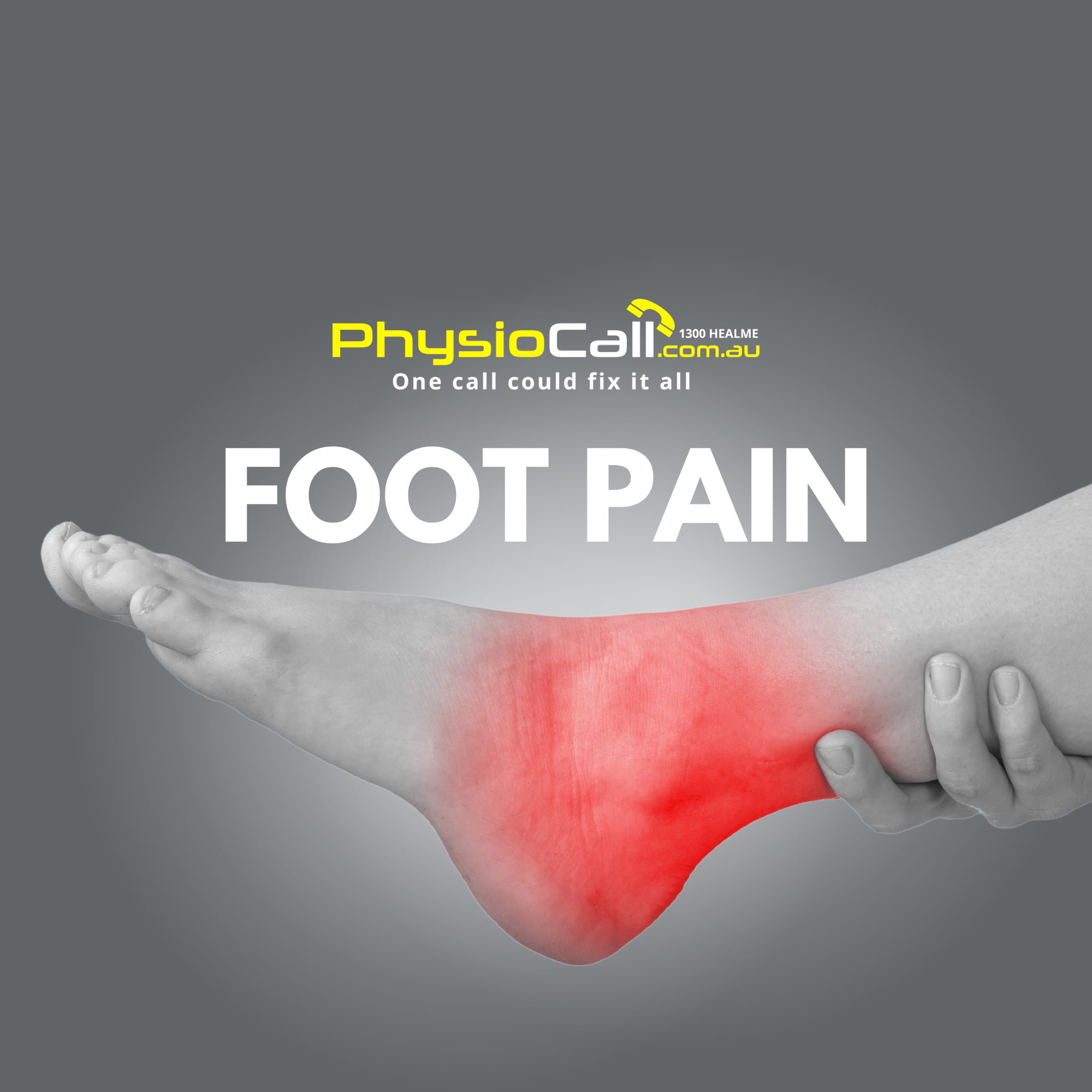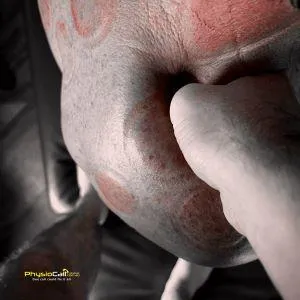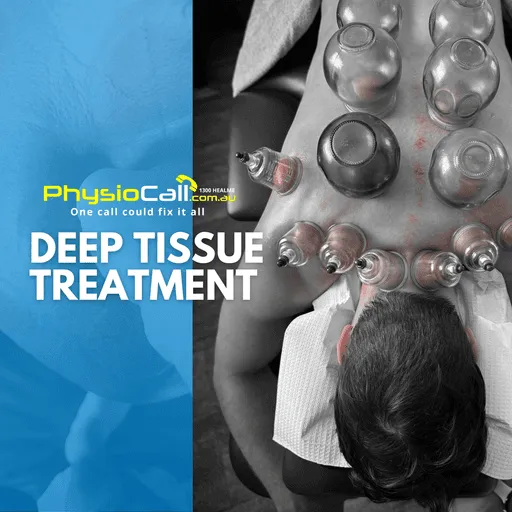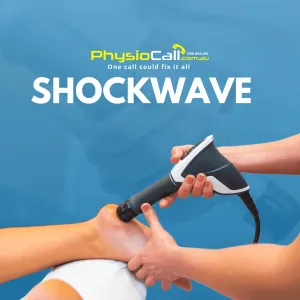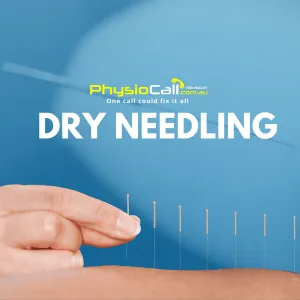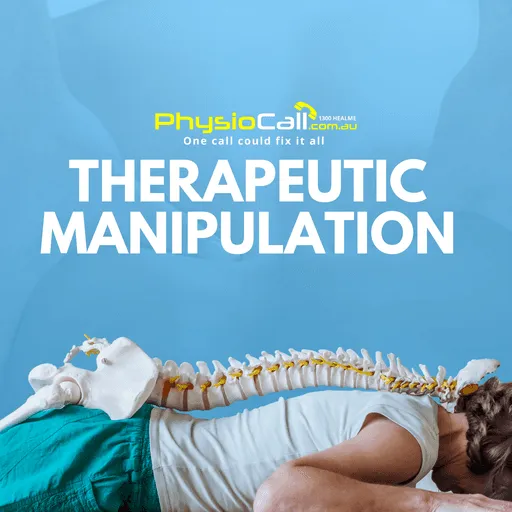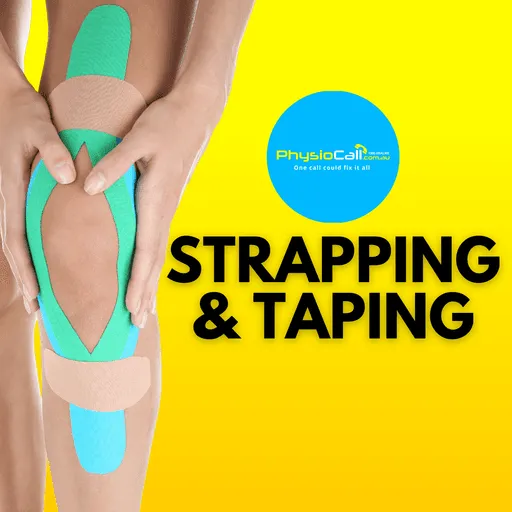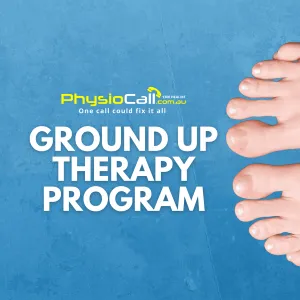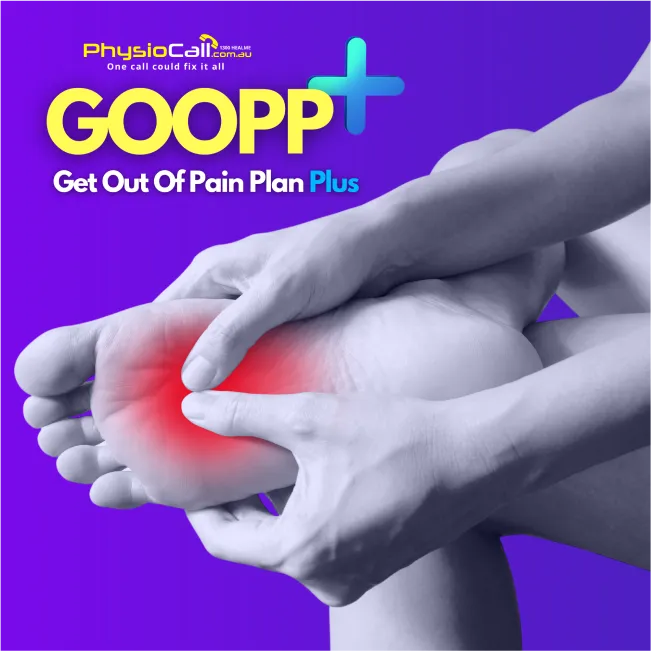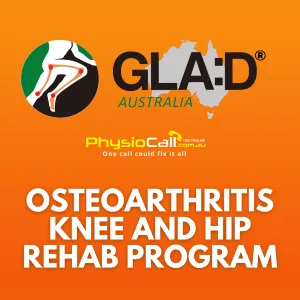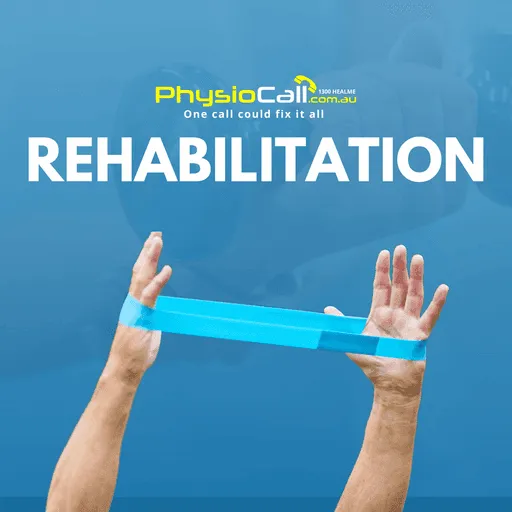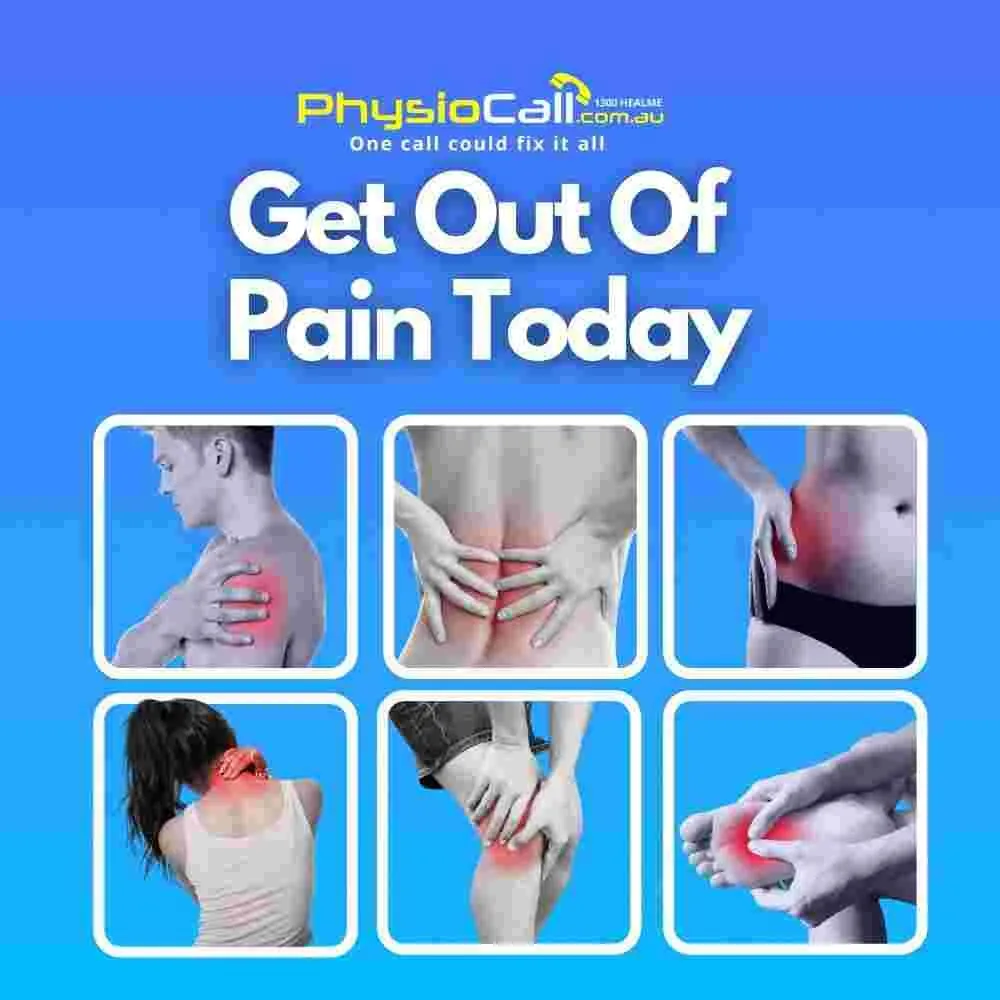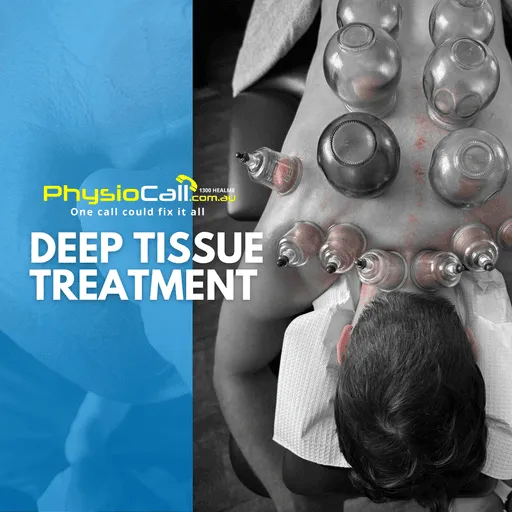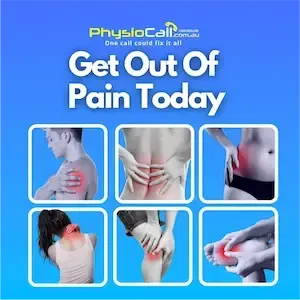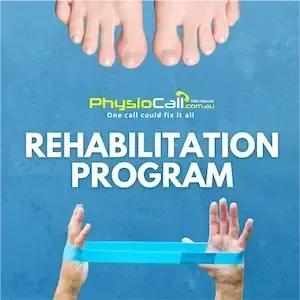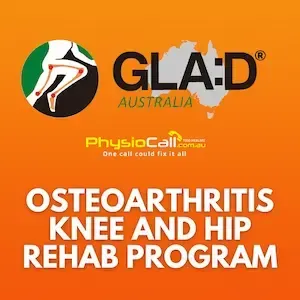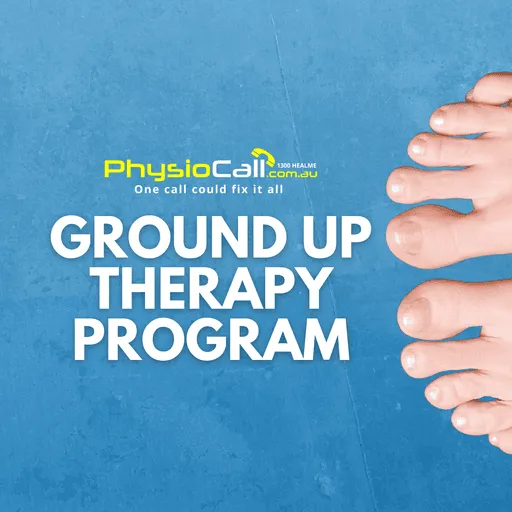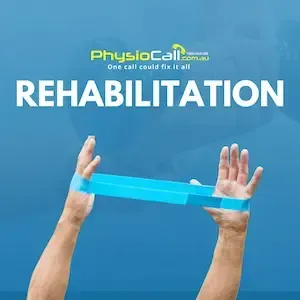Shockwave Therapy
Shockwave Therapy: Ultimate Guide To Understanding Shockwave
Outline
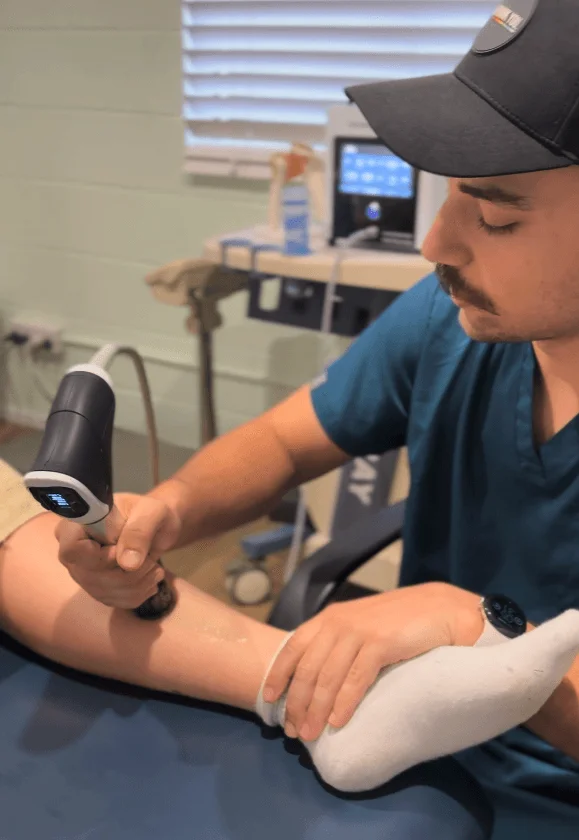
Introduction
Chronic pain and injuries can be life-altering, affecting your mobility, productivity, and overall quality of life. If you’ve tried various treatments with little success, you may be searching for a solution that truly works. Enter Shockwave Therapy—a cutting-edge, non-invasive treatment that’s gaining recognition for its ability to treat a wide range of conditions. In this guide, we’ll explore everything you need to know about Shockwave Therapy, from how it works to the conditions it treats, and why it might be the right choice for you.
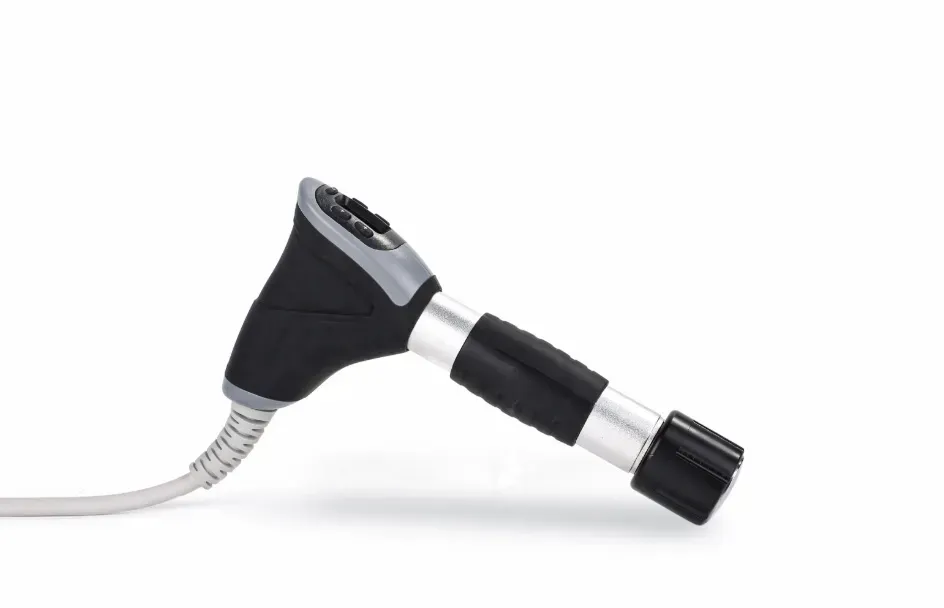
What is Shockwave Therapy?
Shockwave Therapy, also known as Extracorporeal Shockwave Therapy (ESWT), is a non-invasive treatment that uses acoustic waves to stimulate the body’s natural healing processes. These high-energy sound waves are directed at specific areas of the body to reduce pain, improve mobility, and promote tissue repair. Originally developed to treat kidney stones, Shockwave Therapy has evolved into a versatile treatment for musculoskeletal conditions, chronic pain, and even some urological issues.
History and Evolution of Shockwave Therapy
Shockwave Therapy was first introduced in the 1980s for breaking down kidney stones (lithotripsy). Over time, researchers discovered its potential for treating soft tissue injuries and chronic pain. Today, it’s widely used in sports medicine, physiotherapy, and even sexual health, with ongoing advancements making it more effective and accessible.
Understanding the Science Behind Shockwave Therapy
How Shockwave Therapy Works
Shockwave Therapy works by delivering high-energy sound waves to the affected area. These waves create microtrauma in the tissue, which stimulates the body’s natural healing response. This includes:
Increased blood flow to the area.
Release of growth factors to promote tissue repair.
Formation of new blood vessels (angiogenesis).
Breakdown of scar tissue and calcifications.
Biological Effects on the Body
Radial Shockwaves: Low to medium-energy waves that spread over a larger area, ideal for surface-level conditions and larger muscle groups.
Focused Shockwaves: High-energy waves that target deeper tissues, making them effective for localized injuries and chronic conditions.
Biological Effects on the Body
Shockwaves trigger cellular responses that reduce inflammation, alleviate pain, and accelerate tissue regeneration. Over time, this leads to improved mobility, reduced discomfort, and long-term healing.
Ready to Start Your Physio treatment in Gladstone?
Conditions Treated by Shockwave Therapy
Shockwave Therapy is highly versatile and effective for a variety of conditions, including:
Chronic Tendonitis:
Plantar Fasciitis: Reduces inflammation in the plantar fascia, a common cause of heel pain.
Achilles Tendonitis: Treats persistent inflammation in the Achilles tendon.
Muscle Injuries
Hamstring Strains: Speeds up recovery by improving blood flow and reducing muscle tightness.
Rotator Cuff Injuries: Alleviates pain and restores shoulder mobility.
Joint Pain
Shoulder Pain: Reduces inflammation and improves joint function.
Knee Pain: Promotes cartilage regeneration and alleviates osteoarthritis symptoms.
Other Conditions
Erectile Dysfunction (ED): Improves blood flow to the penis, particularly in cases of vascular ED.
Calcific Shoulder: Breaks down calcium deposits in shoulder tendons, relieving pain and improving mobility.
The Process of Shockwave Therapy
What to Expect During a Session
You’ll be positioned comfortably, and a gel will be applied to the treatment area.
A handheld device delivers shockwaves to the targeted area.
Sessions typically last 15–30 minutes, depending on the condition.
Duration and Frequency of Treatment
Most patients require 3–6 sessions, spaced about a week apart.
The exact number of sessions depends on the severity of your condition.
Side Effects and Recovery
Mild side effects like redness, swelling, or bruising may occur but usually resolve within a few days.
There’s minimal downtime, allowing you to resume normal activities almost immediately.
Programs
The Osteo Knee and Hip Program is a customized rehab plan based on physical therapy and exercise, combined with dietary support.
Dedicate yourself to receiving 5 pain relieving treatment physio sessions to reduce inflammation and injury, whilst improving symptoms and confidence. Fixed price physio with a discount.
A comprehensive approach designed to address the full spectrum of physical health needs, from injury prevention and management to strength and endurance training.
Benefits of Shockwave Therapy
Biological Effects on the Body
Non-Invasive and Drug-Free: No surgery, injections, or medications required.
Promotes Natural Healing: Stimulates the body’s own repair mechanisms.
Reduces Pain and Inflammation: Targets the root cause of pain for lasting relief.
Improves Mobility and Functionality: Restores range of motion and enhances quality of life.
Shockwave Therapy vs Other Treatments
Comparison with Traditional Physical Therapy
Shockwave Therapy complements physical therapy by addressing underlying tissue damage and inflammation, providing a more comprehensive approach to recovery.
Comparison with Surgery
For many conditions, Shockwave Therapy offers a non-surgical alternative with fewer risks, shorter recovery times, and lower costs.
Cost-Effectiveness of Shockwave Therapy
While initial costs may vary, Shockwave Therapy can save money in the long run by reducing the need for ongoing treatments or medications.
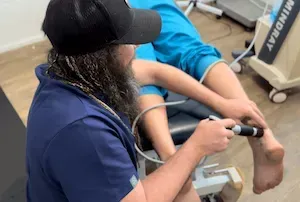
Who Can Benefit from Shockwave Therapy?
Athletes: Speeds up recovery from sports injuries.
Elderly Individuals: Manages chronic pain and degenerative conditions like osteoarthritis.
People with Chronic Pain: Provides relief for conditions that haven’t responded to other treatments.
Risks and Considerations
Who Should Avoid Shockwave Therapy?
Individuals with blood clotting disorders.
Pregnant women.
People with pacemakers or other implanted devices.
Potential Side Effects
While rare, complications like nerve damage or tendon rupture can occur if the therapy is not administered correctly. Always consult a qualified provider.
How to Choose a Shockwave Therapy Provider
Qualifications and Experience: Ensure the provider is trained and experienced in administering Shockwave Therapy.
Equipment and Technology: Look for clinics that use modern, high-quality devices.
Patient Reviews: Check testimonials to gauge the provider’s reputation and effectiveness.
Our Expert Team
Our experienced team at PhysioCall.com.au Gladstone is dedicated to providing high-quality service and personalized care to each of our clients. As primary health care professionals, no Doctor referral is required. Book an appointment online to see us today.

Joshua Iaquinto
Gladstone Physiotherapist
16+ years

Joshua Hughes
Gladstone Physio
3+ years
Shockwave Therapy in Australia
Availability of Services
Shockwave Therapy is widely available across Australia, with many physiotherapy clinics and specialized centers offering the treatment.
Regulations and Standards
In Australia, Shockwave Therapy is regulated to ensure safety and effectiveness. Always choose a licensed provider.
Conclusion
Shockwave Therapy is revolutionizing the way we treat chronic pain and injuries. Its non-invasive nature, combined with its ability to promote natural healing, makes it an excellent option for many individuals. Whether you’re an athlete, an elderly individual, or someone struggling with chronic pain, Shockwave Therapy could be the solution you’ve been searching for. Consult with a healthcare provider to determine if it’s right for you.
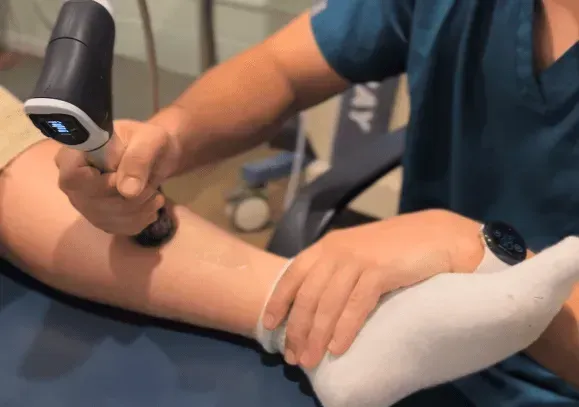
Locations
PhysioCall.com.au
25 Philip Street, South Gladstone Queensland 4680, Australia
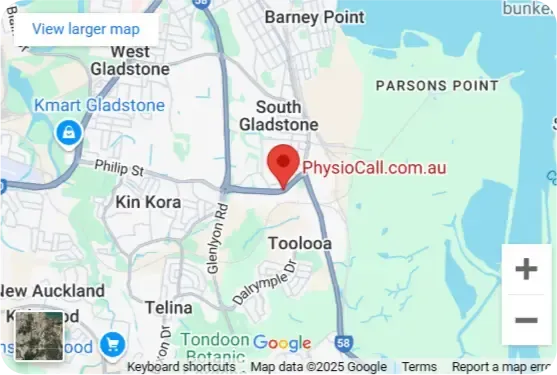
FAQs
What does Shockwave Therapy feel like?
Most patients describe the sensation as a mild tapping or tingling. Some may experience slight discomfort, but it’s generally well-tolerated.
How soon can I see results?
Results can vary, but many patients report improvement after just one or two sessions. Full benefits are typically seen after completing the full course of treatment.
Is Shockwave Therapy covered by insurance?
Coverage for Shockwave Therapy can vary depending on your insurance plan. It’s best to check with your provider to see if it’s included.
Can Shockwave Therapy be combined with other treatments?
Yes, Shockwave Therapy is often used in conjunction with other treatments such as physical therapy, medication, or even surgery in some cases.
How do I know if Shockwave Therapy is right for me?
Consulting with a healthcare provider is the best way to determine if Shockwave Therapy is appropriate for your specific condition and health status.
25 Philip Street, South Gladstone, QLD, 4680 Australia
07 4962 0411 (Customer Support)

